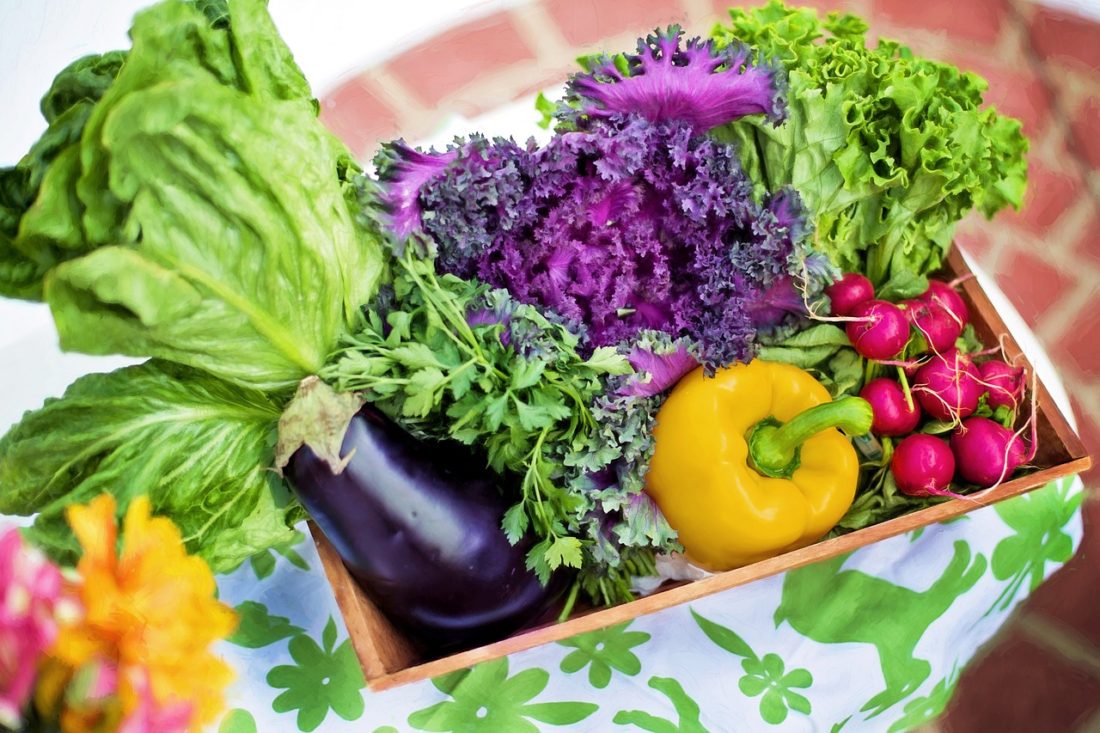There is no doubt that eating healthy is good for your well being, but being healthy also means including vegetables in your daily diet. Numerous studies have shown the correlation between a healthy diet and the reduction of several health complications like diabetes, cancer, cardiovascular diseases and obesity. Click here for how much resistant starch per day.

However, not everyone knows that there are two types of vegetables: starchy and non starchy. Non-starchy vegetables contain much smaller amounts of carbohydrates in comparison to the starchy ones and the fundamental difference between the two lies in this: is the percentage of starch (aka carbs) they contain.
There are many non-starchy vegetables but here are some of the most common examples of vegetables with very low levels of starch:
- Asparagus
- Zucchini
- Broccoli
- Carrots
- Cauliflower
- Kale
- Beets
- Baby corn
- Brussels sprouts
- Mushrooms
- Cucumber
Incorporating Non-starchy vegetables in your diet
The most appropriate way to incorporate more non-starchy vegetables in your diet is by aiming to eat a variety of colored vegetables and ensuring that you eat 3-5 times of 1 cup raw or ½ cup cooked servings. A sure-fire way of boosting your nutrients level in the body. Furthermore, always strive to include low starch vegetables in your salads, soups, side dishes, omelets and sandwiches. You should always ensure that that they form the base of each meal serving by ensuring that ½ your plate comprises of low starch vegetables, which will go a long way in reducing your calorie and carb intake.
Always incorporate vegetables like pre-cut carrots, celery, pepper, broccoli or the vegetable you desire in your snacks. You can even dip either of these vegetables into fiber-rich nut butters like almond butter and peanut butter for a snack that is very rich in fiber but low on carbohydrates.
You can make interesting food substitutions like pasta for spaghetti squash or go for cauliflower rice, zucchini pasta or kale chips. Below are some recipes to these great low starch vegetables:
Low-carb zucchini pasta
Ingredients:
- 1 table spoon olive oil
- 2 zucchinis, peeled
- ¼ cup water
- Salt and ground black pepper to taste
Method:
- Cut the zucchini into thinner strips that resemble spaghetti.
- Over medium heat, put the olive oil in skillet then cook and stir the zucchini in for 1 minute. Add water till it softens then season with salt and pepper.
Lime cilantro cauliflower rice
Ingredients:
- 1 head cauliflower, cut into florets
- 1 tablespoon water
- 1 lime, juiced and zested
- ½ cup chopped cilantro
- 2 tablespoons butter (optional)
Method:
- Grate the cauliflower florets in a food processor until it into small portions resembling rice.
- Put the grated cauliflower and water in a microwave-safe dish and cover it.
- Cook the cauliflower for about 7 minutes in the microwave on high until tender.
- Stir the lime zest, cilantro, butter and lime juice into the cooked cauliflower until well blended.
Kale chips
Ingredients:
- 1 bunch kale
- 1 tablespoon extra-virgin olive oil, divided
- 1 tablespoon sherry vinegar
- Salt to taste
Method:
- Pre-heat oven to 150 degrees C.
- Cut and discard inner ribs and tear leaves into small potato chip size, wash then spin dry in a salad spinner.
- Add the olive oil into a bowl to evenly distribute the oil on the kale until thoroughly soaked and massaged.
- Sprinkle the vinegar over the kale in the bowl then continue soaking the evenly spread the contents on a baking sheet.
- Put in the oven to roast for approximately 35 minutes until crisp. Season with salt and serve immediately.
Vegetables in general have great nutrients and they are crucial in one’s well-being by helping aid digestion, lowering cholesterol levels, boosting energy levels, protection from cell damage, boosting the immune system, wound-healing, bone health, increasing the level of focus and many more.




